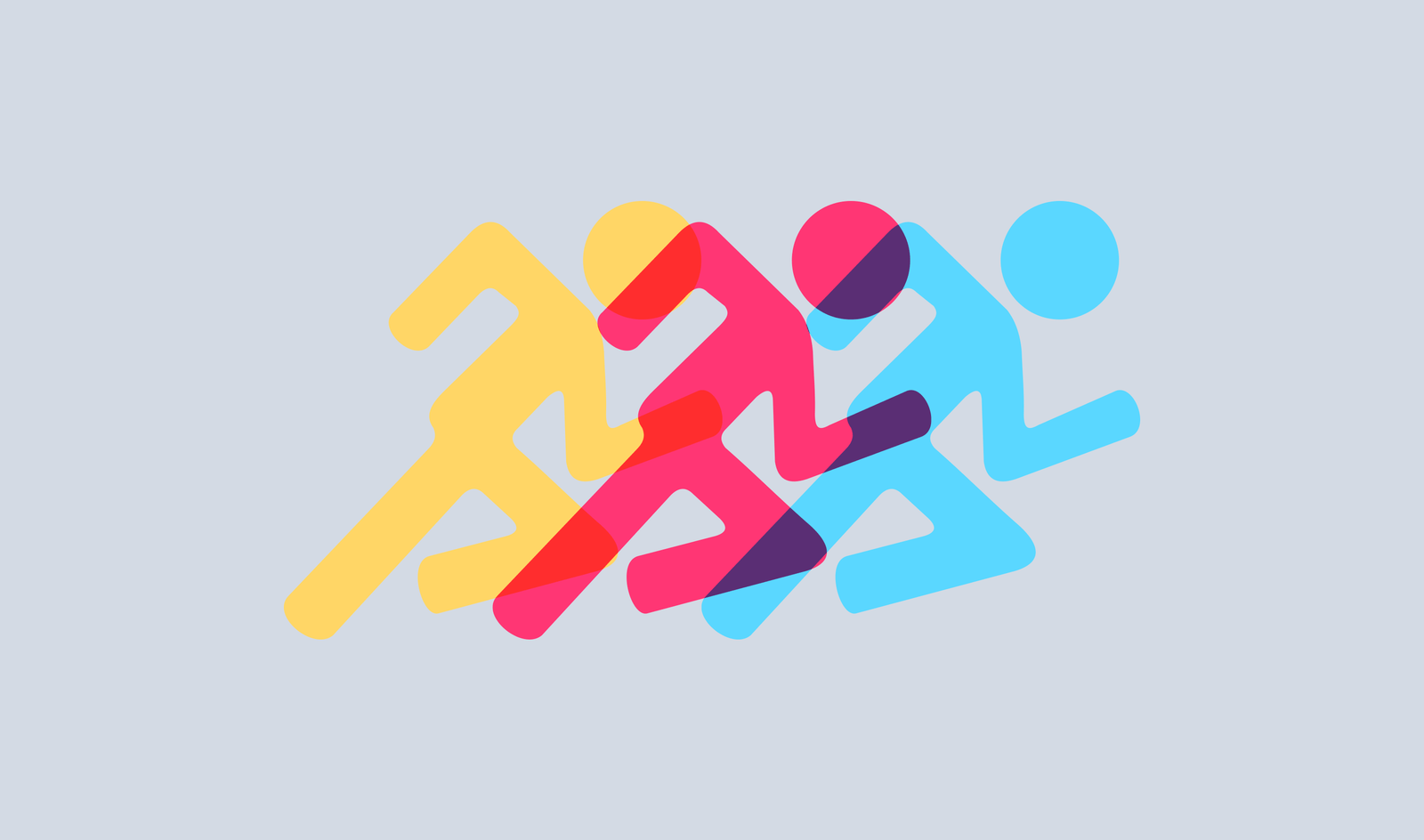Working with startups and small businesses is a fun and rewarding gig—but it doesn’t come without it’s share of challenges. Managing all the people, product, expectations, and timelines is not for the faint of heart.
Fast paced environments are ubiquitous with new or growing companies. As such, sometimes it’s hard for managers and employees to focus on effective problem solving. After working with many of these companies over the past decade, we’ve found that the most successful marry two important ideologies: design thinking and lean startup methodology.
So what are these two ideologies and why are they important? Let’s unpack them a bit.
What is design thinking?
Design thinking is about people. More specifically, design thinking is about understanding the needs of said people and coming up with solutions to meet them.
To some, design thinking is a power only “creatives” have. They feel they lack the imagination and vision necessary to put design thinking in to practice. That couldn’t be further from the truth.
Design thinking is about people. More specifically, design thinking is about understanding the needs of said people and coming up with solutions to meet them.
In client meetings, we make sure every stakeholder knows their input is valuable and important. After all, anyone putting ideas out in to the world to better serve human needs is a design thinker.
Ok, what is the lean startup methodology then?
At it’s core, the lean startup methodology is all about efficiency. And when you’re working with a new company, sometimes it looks like the antithesis of efficiency.
“A startup is a human institution designed to create something new under conditions of extreme uncertainty.”
Eric Ries
Take this example: A startup has been working for months on a new feature for their app. They’ve pumped all their resources (both time and human capital) in to getting a particular feature in front of their users. They’re certain this is the missing link—the reason they haven’t gotten the traction they’re yearning for. They push it out and… nothing. Crickets. Or worse… user abandonment. They jumped to conclusions and forgot to stress-test with customers in the real world. Yikes.
Even the smartest CEOs and companies can build features or products people don’t want. You can’t always be certain of what people will respond to, so you need to be smart. Give yourself a period of discovery followed by highly iterative phases that are customer centric.
So how do you combine design thinking and the lean startup methodology to achieve your goals?
It’s actually a lot easier than you might think. And it comes down to one word: sprint.
When you think of the word sprint, what comes to mind? Images of Usain Bolt or perhaps Jesse Owens? Perfect, you’re on the right track (so punny!).
In our day-to-day work, we classify sprints as short bursts of highly focused attention and energy with a visible finish line. In a fast-paced sprint environment, it’s important to remember the details and keep an eye on the polestar.
Here are the steps we follow during a typical one week sprint cycle:
- Monday: Have a roundtable debate to unpack challenges that the company currently faces
- Tuesday: Sort through and decide which problem needs immediate attention
- Wednesday: Brainstorm ideas with all stakeholders and form a plan of attack to solve said problem
- Thursday: Build a functional prototype or Minimum Viable Product that offers a quick solution to the problem
- Friday: Test our MVP with our target audience and collect feedback. And have a pizza party. 🍕🍕🍕
This 5 step approach is the perfect marriage of design thinking and lean startup methodology. We engage all our stakeholders, harness all input, analyze problems, and rapidly produce a solution. We then repeat this process over the course of several weeks, months, or years.
By iteratively improving our client’s product or service, everyone is engaged and the eyes stay on the prize.


